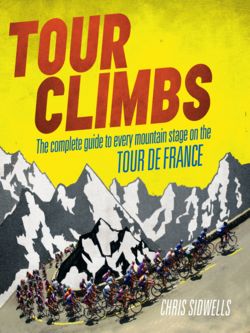Читать книгу Tour Climbs: The complete guide to every mountain stage on the Tour de France - Chris Sidwells - Страница 12
Going global
ОглавлениеAn Australian team raced in the Tour de France way back in 1928, but up until the mid-1950s Tour competitors were almost exclusively from mainland Europe. Then a British team, sponsored by a bike manufacturer called Hercules, raced in the 1955 event. Only two of their riders, Brian Robinson and Tony Hoar, finished, but Robinson graduated into mainstream European pro racing and won stages in the 1958 and 1959 Tours.
More Britons followed Robinson. Tom Simpson wore the leader’s Yellow Jersey in 1962, and Barry Hoban won eight Tour stages during his long pro career. Robert Millar then became the Britain’s most successful Tour de France rider when he finished fourth overall and won the King of the Mountains competition in 1984.
While this was going on Australians, Irish, Americans and Canadians continued to swell the English-speaking presence on the race. Other nations joined in too, most notably the Colombians and Scandinavians began to write themselves into Tour history. The Tour de France was going global.
Its fame and appeal exploded in 1986 when an American Greg Lemond won the Tour. His victory was followed by Stephen Roche from Ireland in 1987. New interest in the race from all over the world meant a flood of new sponsors. Major names like Coca Cola wanted a piece of the Tour. An American, Lance Armstrong set a record in 2005 with seven consecutive victories in the Tour, and a Frenchman hasn’t won since 1985.
